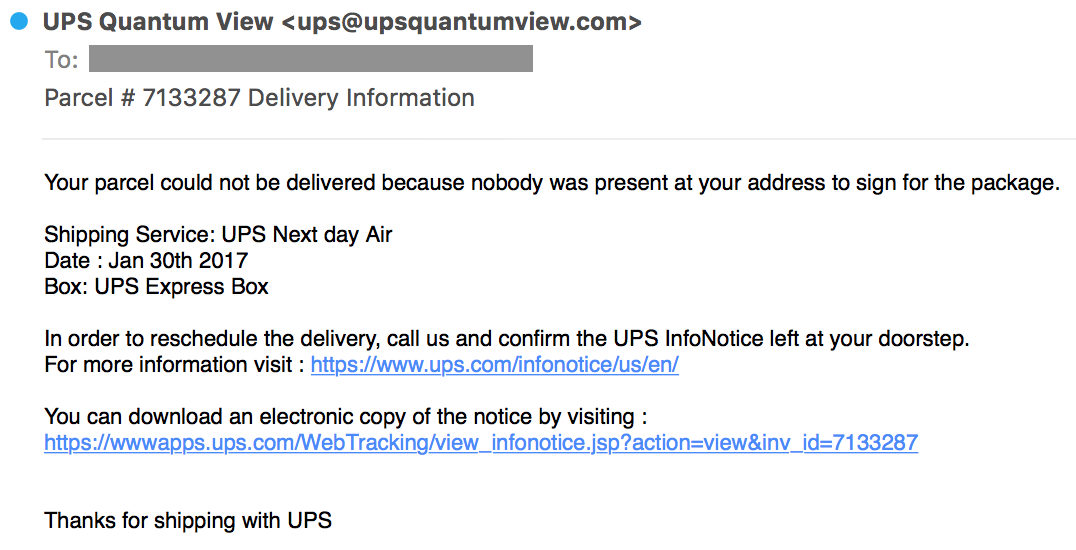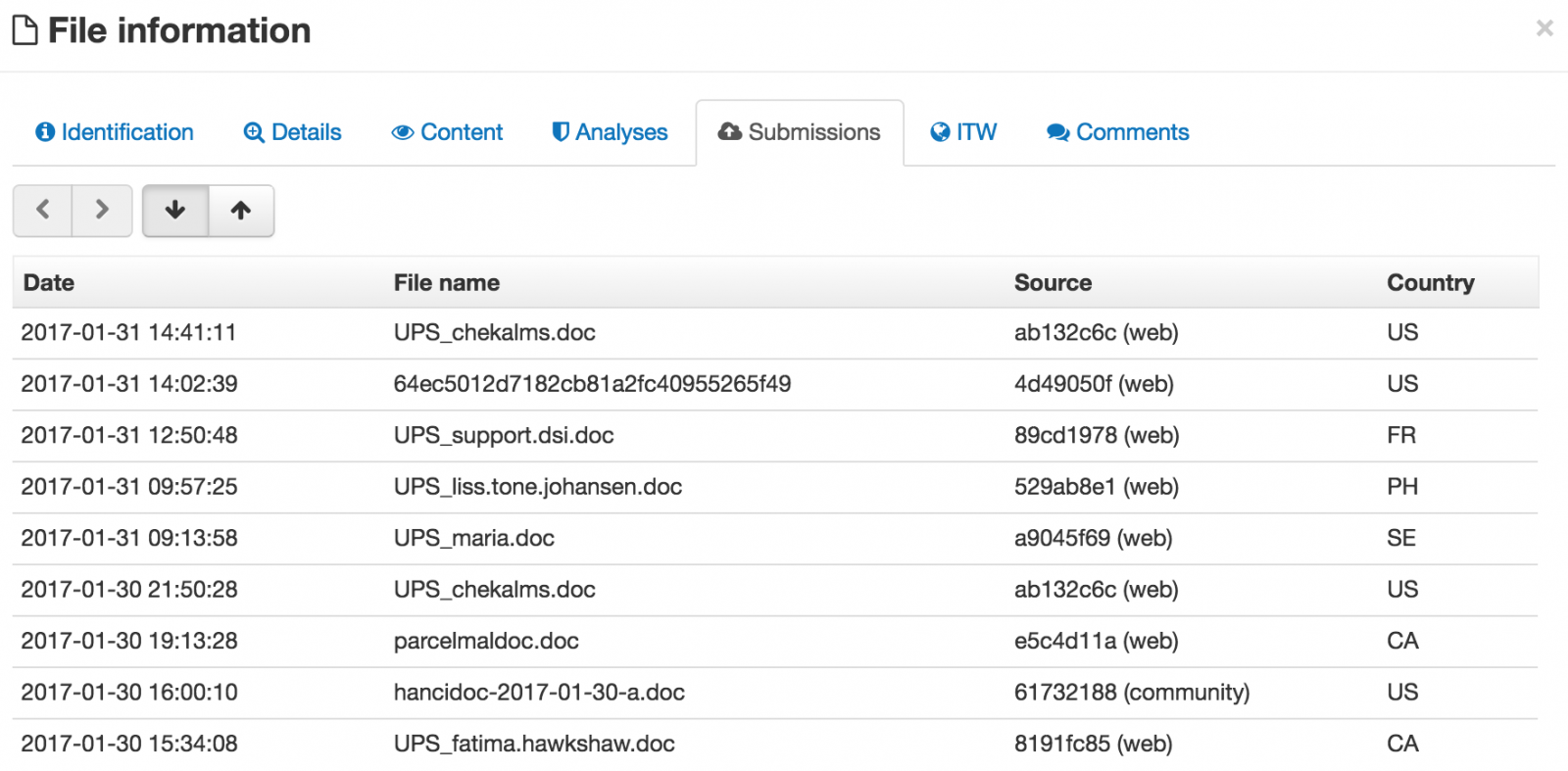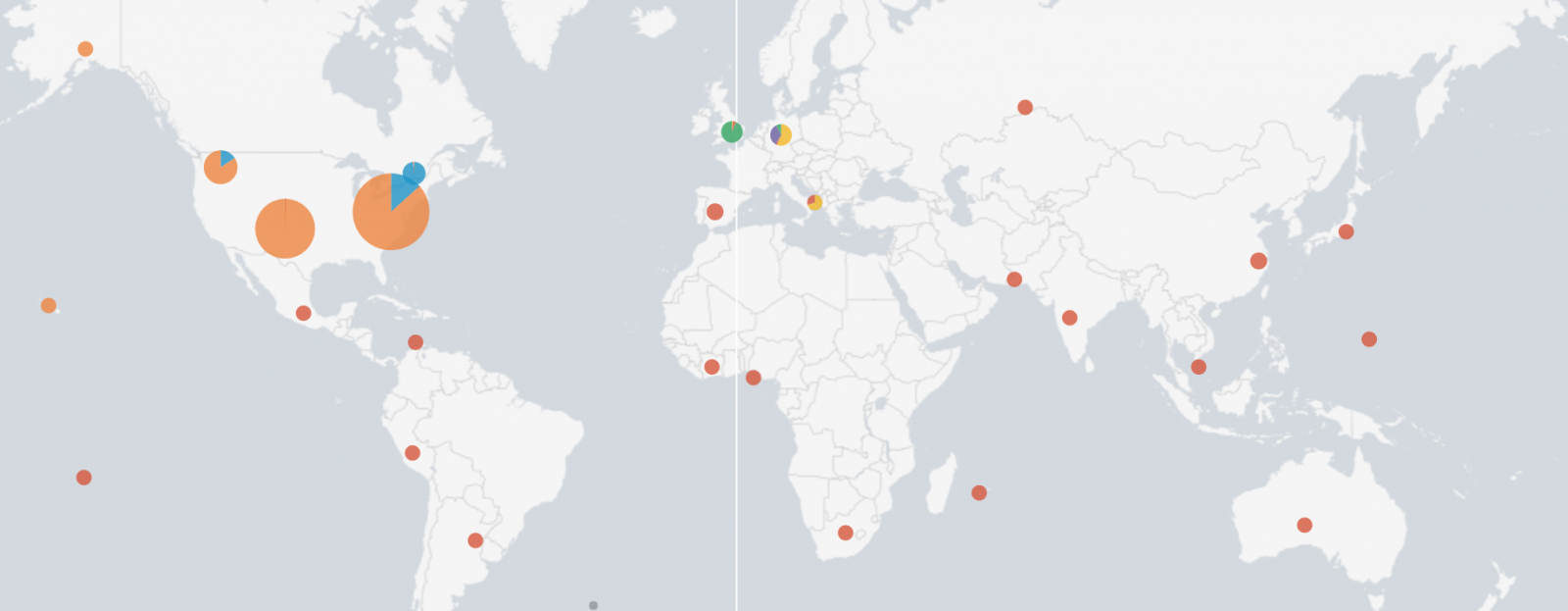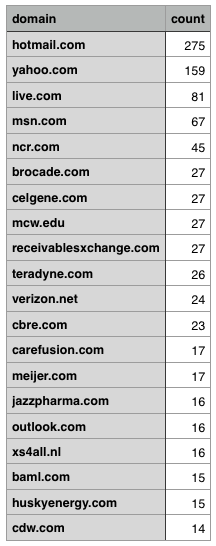Quick Analysis of Data Left Available by Attackers
While hunting for interesting cases, I found the following phishing email mimicking an UPS delivery notification:

When you click on the link, you are redirected to the following URL:
http://xxxxxxxx/api/get.php?id=zzzzzzzzz
Where zzzzzzzzzz is the Base64 encoded email address of the victim. This link delivers a malicious Microsoft Word file with a macro:
# oledump.py file.tmp 1: 113 '\x01CompObj' 2: 4096 '\x05DocumentSummaryInformation' 3: 4096 '\x05SummaryInformation' 4: 4096 '1Table' 5: 46803 'Data' 6: 525 'Macros/PROJECT' 7: 86 'Macros/PROJECTwm' 8: M 10403 'Macros/VBA/ThisDocument' 9: 8458 'Macros/VBA/_VBA_PROJECT' 10: m 1156 'Macros/VBA/blush' 11: 839 'Macros/VBA/dir' 12: M 16661 'Macros/VBA/fruitage' 13: 97 'Macros/blush/\x01CompObj' 14: 288 'Macros/blush/\x03VBFrame' 15: 102 'Macros/blush/f' 16: 12296 'Macros/blush/o' 17: 72591 'WordDocument'
The analysis reveals a malicious file delivering Hancitor[1]. It's the same kind of document that the one analyzed by Brad a few days ago[2]. Besides the malicious code, what was interesting is this case is the fact that the attacker failed to properly protect his files and allowed directory indexing on the web server:

email|filename|ip
The filename is based on the email address (ex: firstname@domain.tld and UPS_firstname.doc). This is confirmed by VirusTotal where the same hash is referenced with multiple names:

It looks that the file visitor.txt contains all the victims who clicked on the link because the file was growing during my investigations. While redacting this diary, the file contains 11587 lines:
The second interesting file is called block.txt and contains IP addresses (1833 lines). It looks to be addresses used by major companies like Google or Amazon. I presume that visitors coming from one of these IP addresses won't be infected and redirected to a safe page.
What about the victims? They are mainly based in the United States:

Here are the top-20 targeted domains:

The most scaring fact is that such attack remains successful and people still visit suspicious websites. For the last 12 hours, I grabbed the file visitor.txt every 5 minutes and the number of victims what continuously growing (187 new lines):

I'll now have a deeper look at the list of blocked IP addresses and see if the content could be useful for another diary.
[1] https://www.virustotal.com/en/file/82e3ec80dde9adb2be1c3abe27c37940b3e0ff3b7f2b80b39e10aae540b1fb7a/analysis/
[2] https://isc.sans.edu/forums/diary/HancitorPonyVawtrak+malspam/21919
XavierMertens(@xme)
ISC Handler - Freelance Security Consultant
PGP Key


Comments